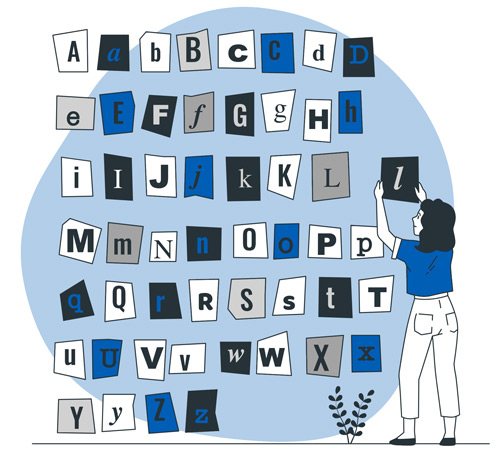 Association communicators routinely face the challenge of editing other people’s work, and their colleagues or members are not always the fabulous writers they imagine themselves to be. Some of the sticking points usually revolve around the use of AP Style Guidelines, commas before coordinating conjunctions, and the dreaded capitalization of every word in a job title, program name, and any word the writer deems important.
Association communicators routinely face the challenge of editing other people’s work, and their colleagues or members are not always the fabulous writers they imagine themselves to be. Some of the sticking points usually revolve around the use of AP Style Guidelines, commas before coordinating conjunctions, and the dreaded capitalization of every word in a job title, program name, and any word the writer deems important.
Those who work with written communications – digital as well as print – know a lot of rules that they have to explain to non-writers, but did you know that there are also rules for the order of placement for adjectives?
Minda Zetlin, co-author of The Geek Gap, and former president of the American Society of Journalists and Authors, explains the bizarre grammar rule her article on Inc.com. While most native-English-speaking writers instinctively know the precise order that multiple adjectives should appear, the actual rule is quite complex.
According to The Elements of Eloquence, the correct order of the eight types of adjectives is:
- Opinion
- Size
- Age
- Shape
- Color
- Origin
- Material
- Purpose
The illustration of this rule is “lovely little old rectangular green French silver whittling knife.” As Zetlin points out, you cannot re-order this list of adjectives and still have it make sense.
Of course, having one rule to follow would be too simple for the English language, so Zetlin also discusses the Cambridge Dictionary’s list of 10 types of adjectives and the different order it places them in.
The easiest way to avoid the confusion of adjectives is to limit their use. Zetlin recommends using adjectives the way you use spices in recipes – thoughtfully, sparingly, and when they’ll have the most impact. Click here to read the full article.



